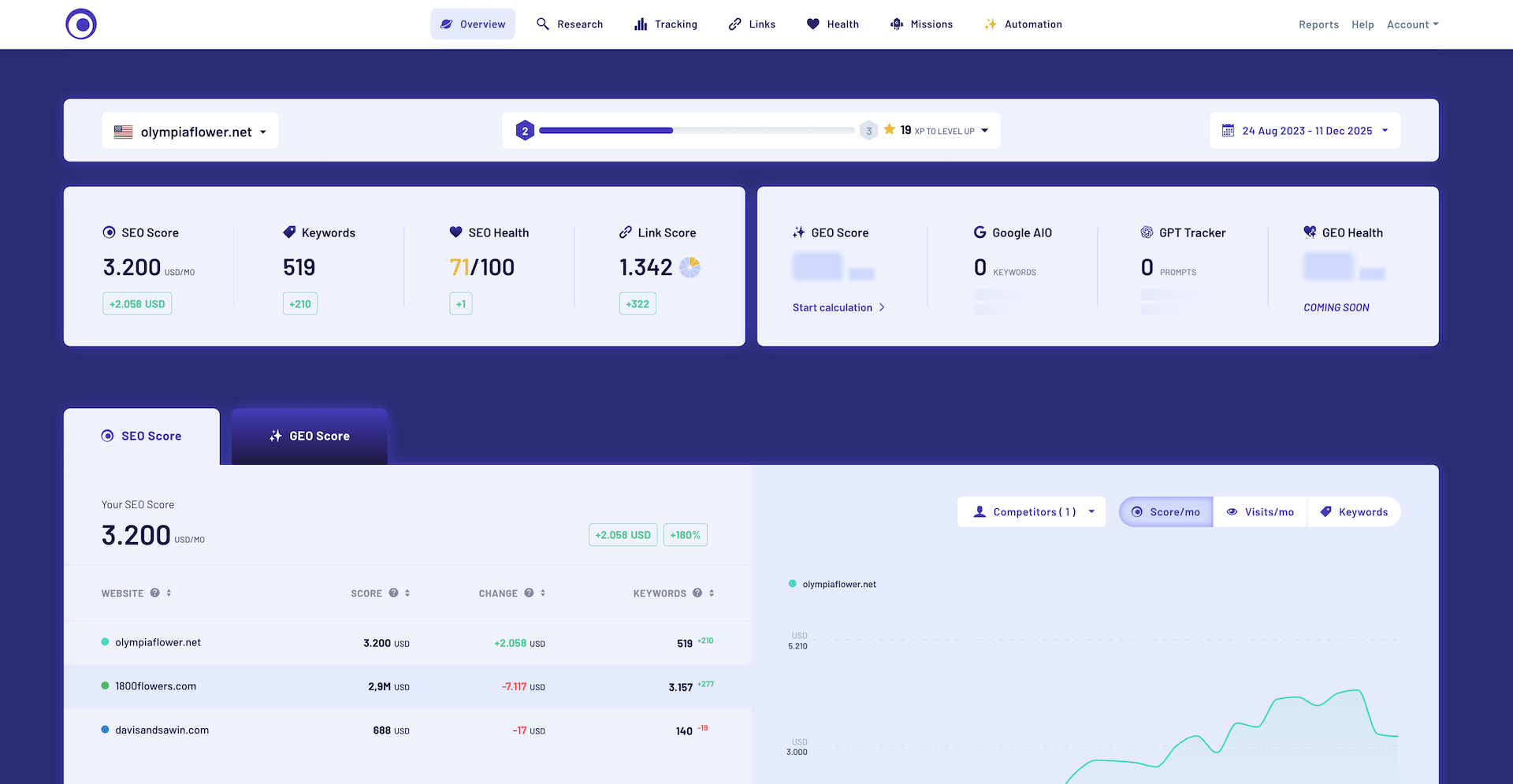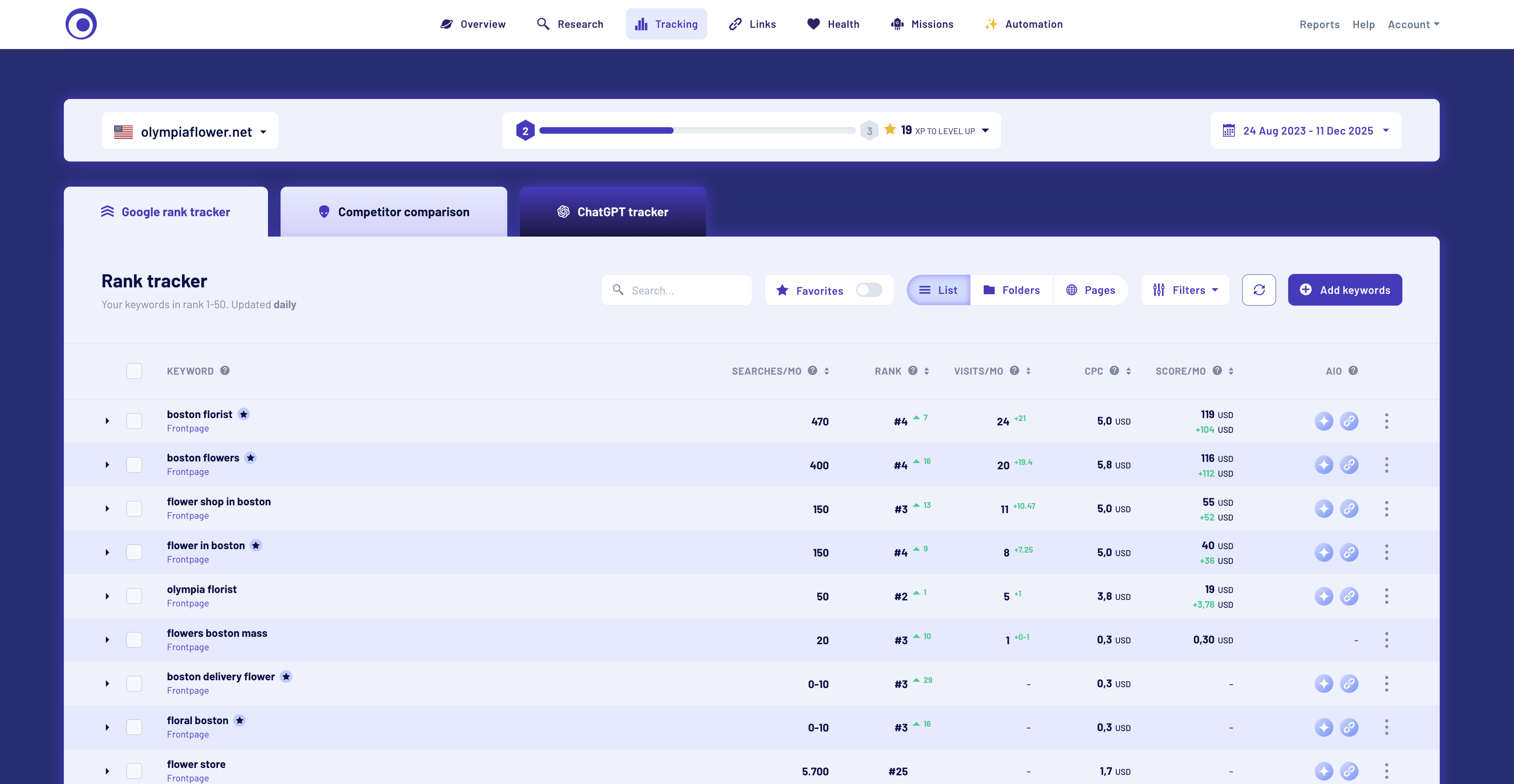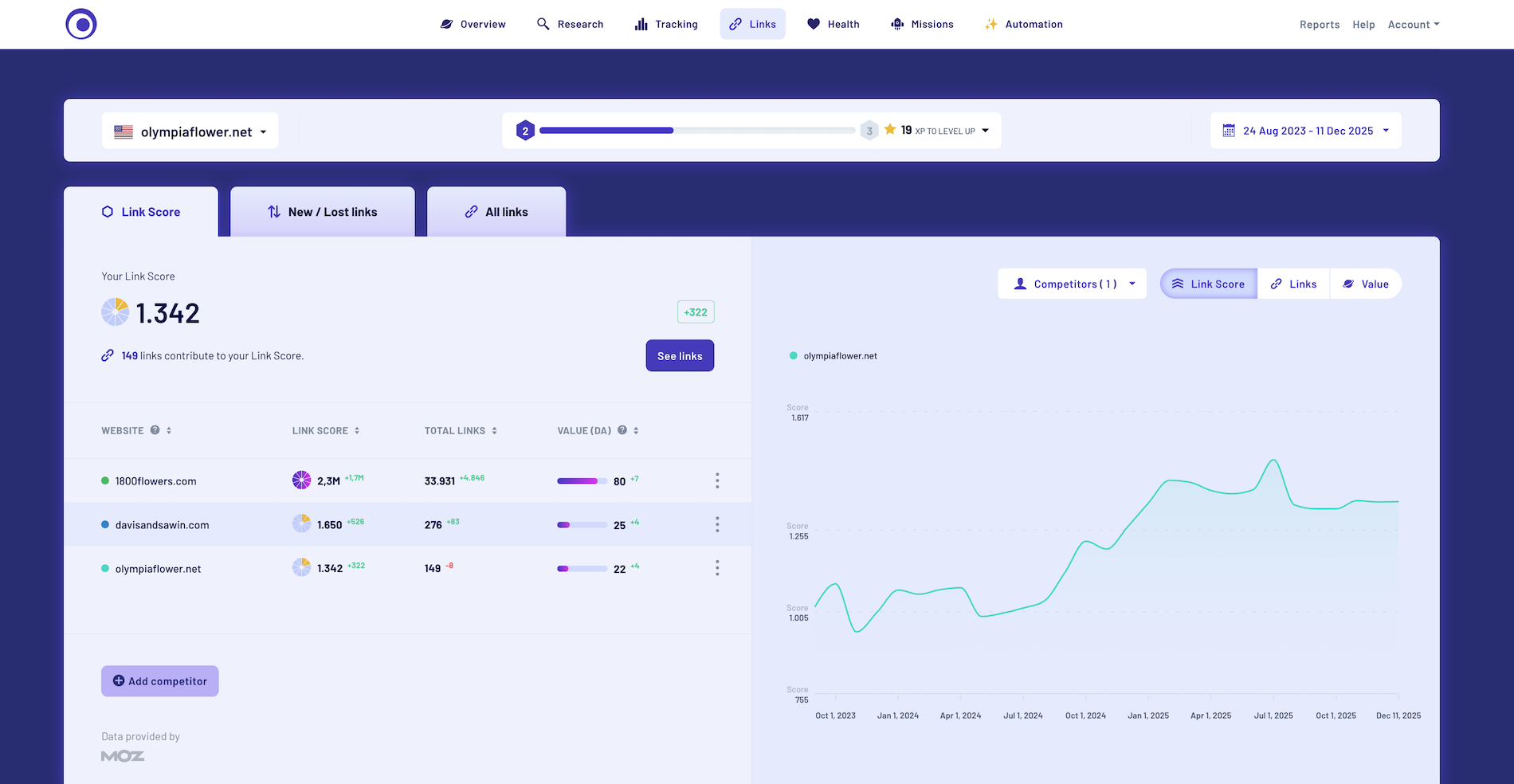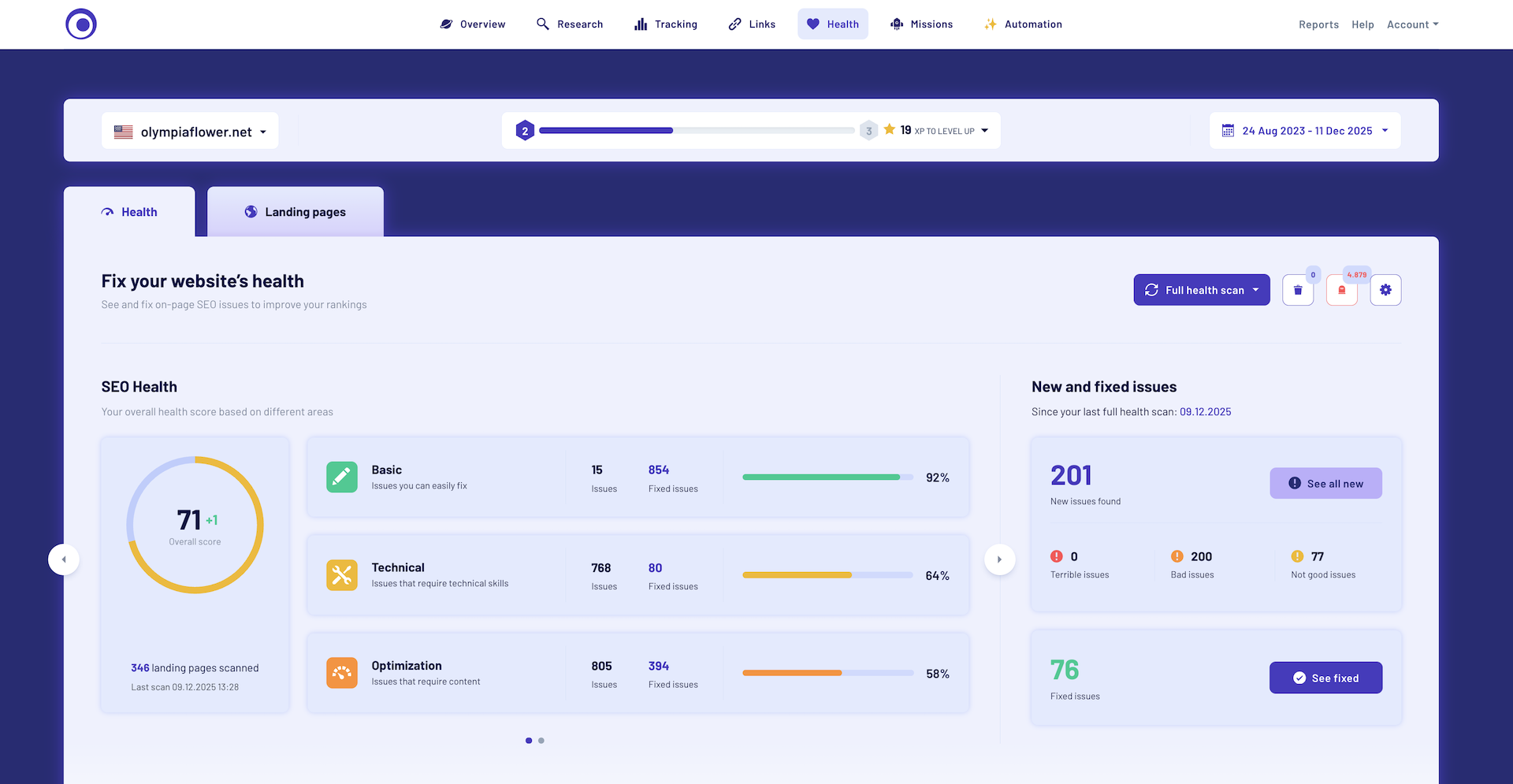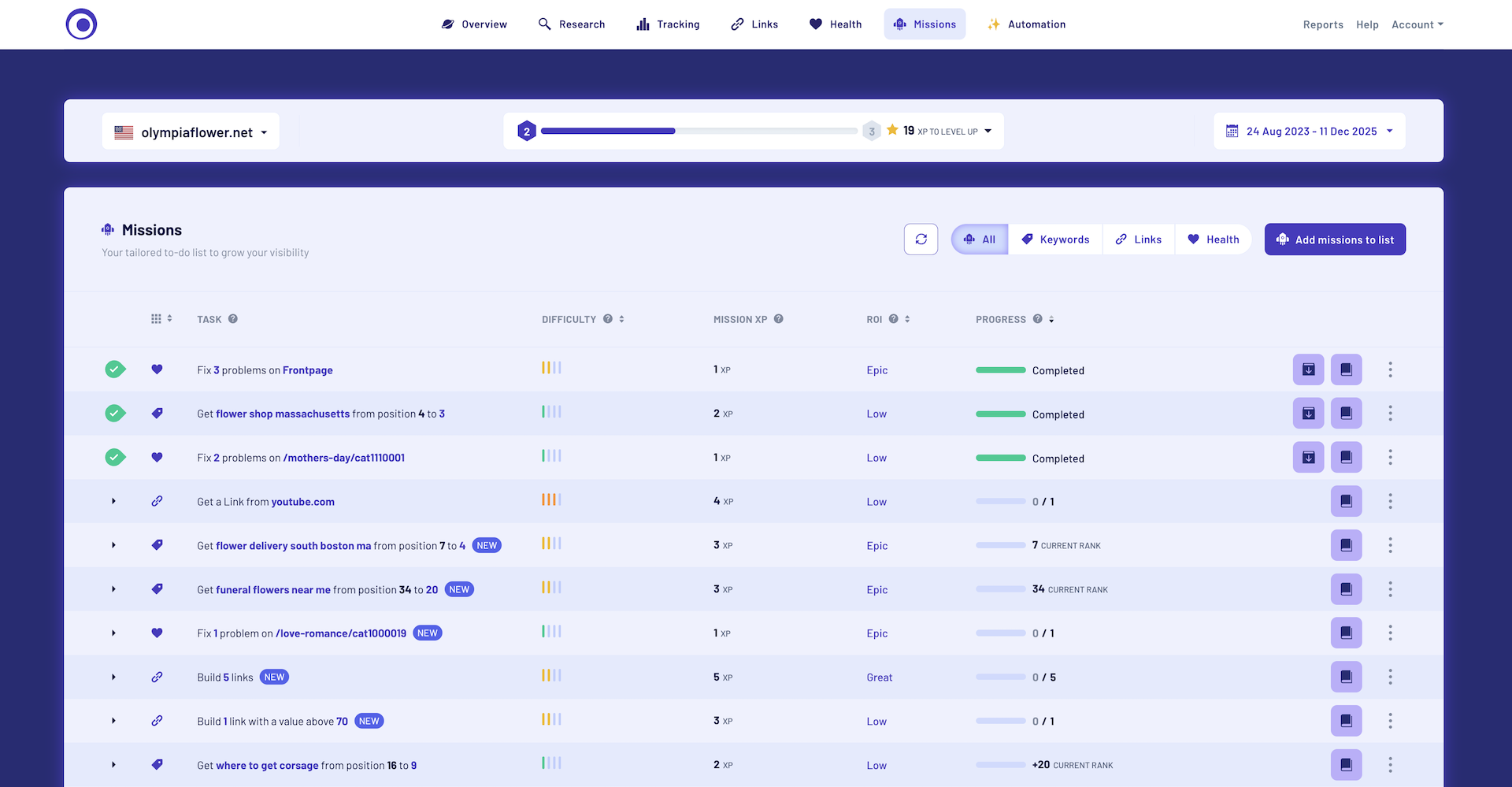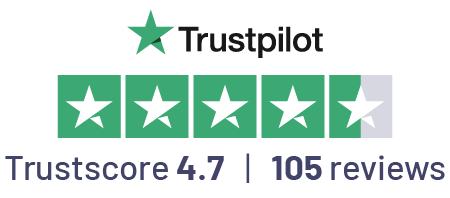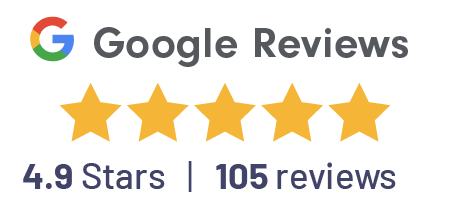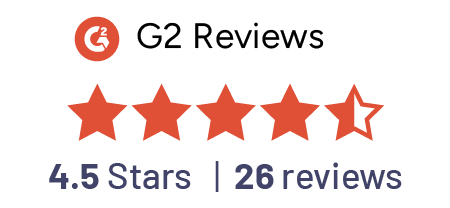Keep track of your SEO & GEO progress with Morningscore's simple overview. It provides you with a quick insight into all the key metrics, presented in an extremely intuitive way. From the dashboard, you can access the tool's essential features and monitor the most significant changes.
Complete SEO & GEO tool
One platform. Zero add-ons.Most SEO tools promise simplicity - then sell you ten add-ons?!
We got tired of SEO tools that overcomplicate everything - so we built one that doesn’t.
Get your 14-day free trial. No credit card required.
See keywords, prompts, competitors, issues, and links ✔ 1 minute scan.
Easy SEO overview
The simplicity of our dashboard helps you succeed with search engine optimization no matter how experienced you are.
Guided missions
Morningscore guides your growth with intelligent suggestions. These are called "missions". As you complete missions you also earn XP and level up.
Fix website health
Fully scan your website to keep track of its health condition at any time, and see what needs fixing and how to do it.
See all your links
Keep track of all your new and lost links, and build a strong backlink profile that helps you reach the top of the search results.
Track keywords
See the daily rank on your keywords by tracking them. There is also an instant scan button. Organize keywords in folders for a perfect overview.
Keyword research
Morningscore offers many tools for keyword research. Our global keyword database is huge and the interface intuitive.
Scan competitors
Scan and analyze competitor websites for keywords and links, and use the insights to always stay one step ahead.
Track SEO growth
Track your progress and growth on SEO. See exactly what your Google traffic is worth. Managing it all from one place.
holding everything you need for online visibility on Google and ChatGPT. No credit card required
